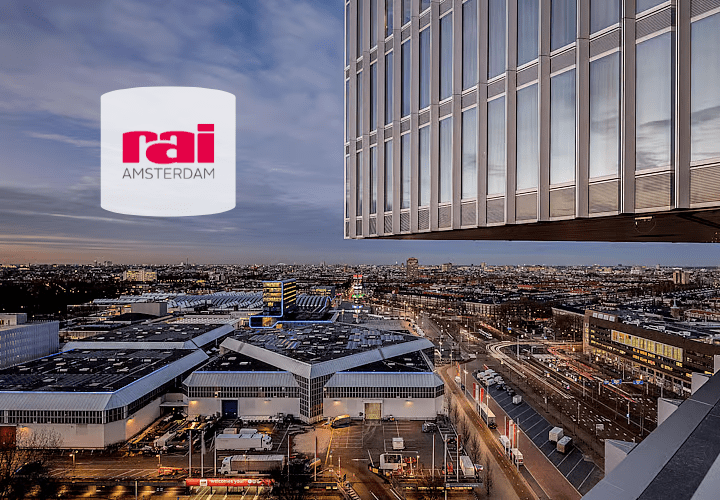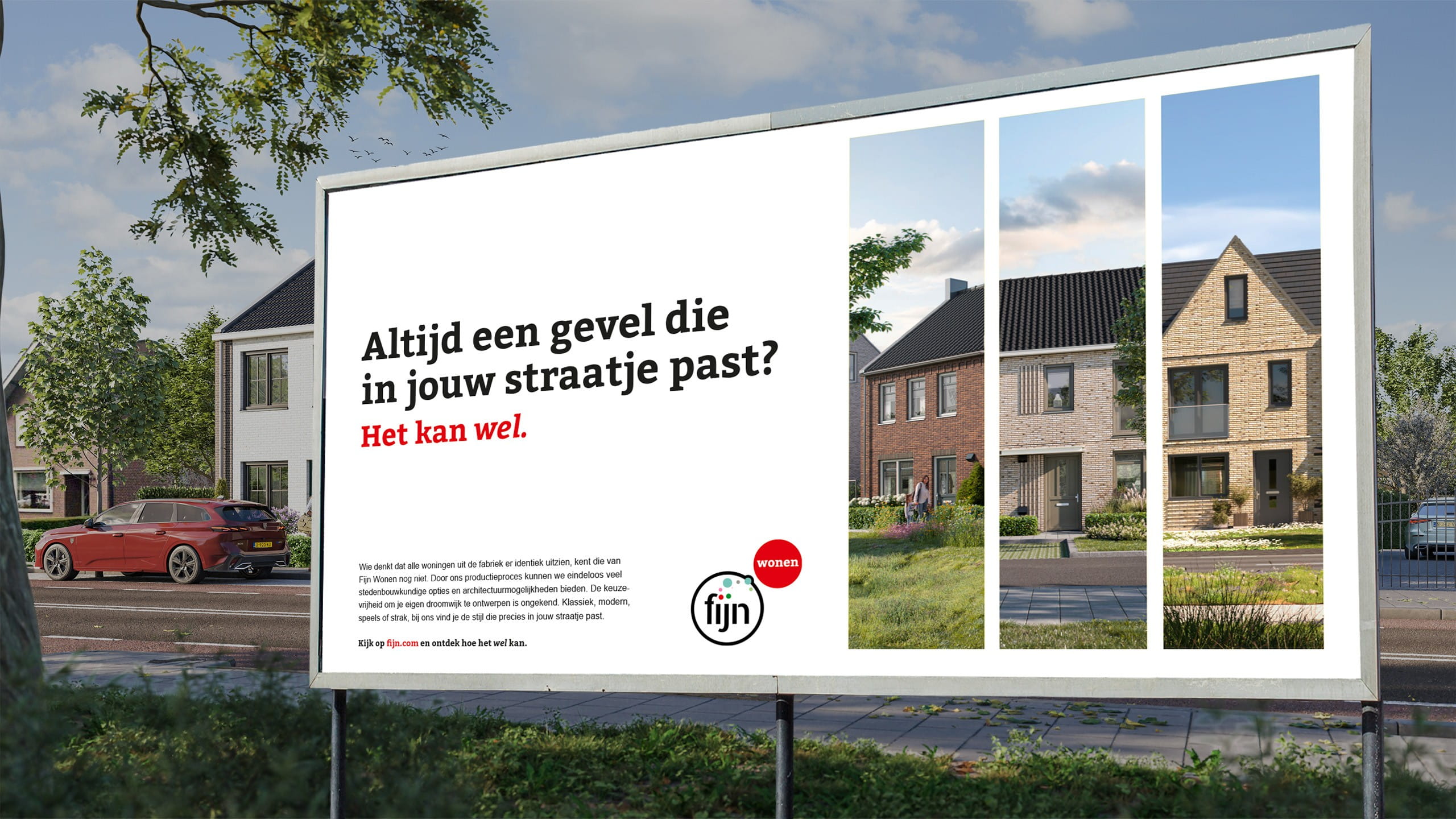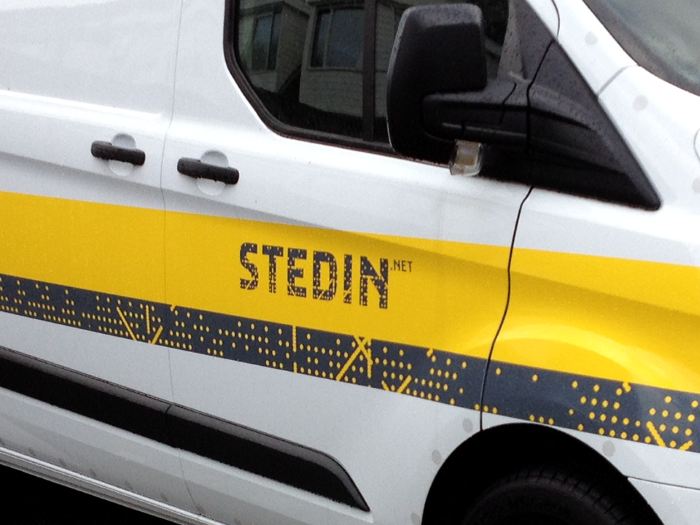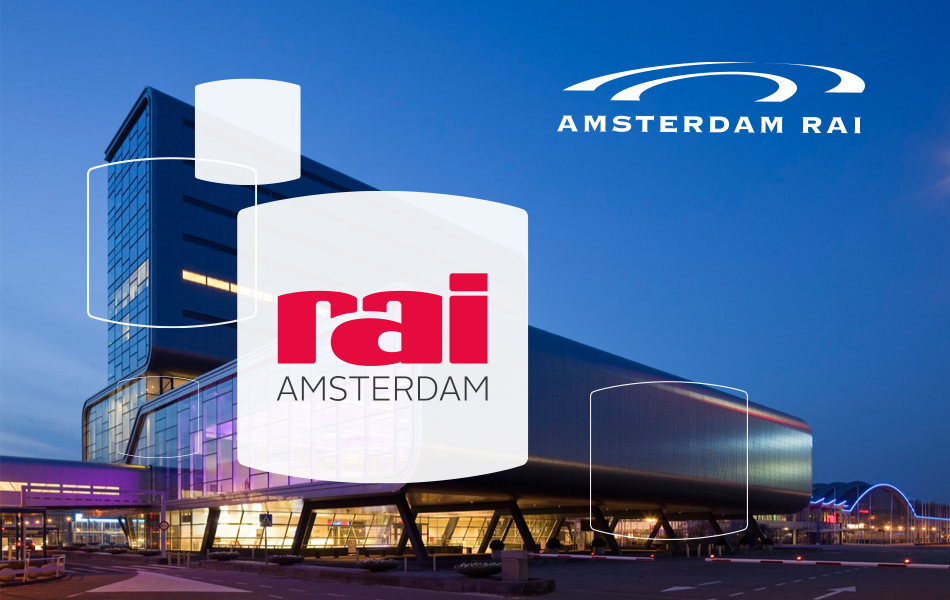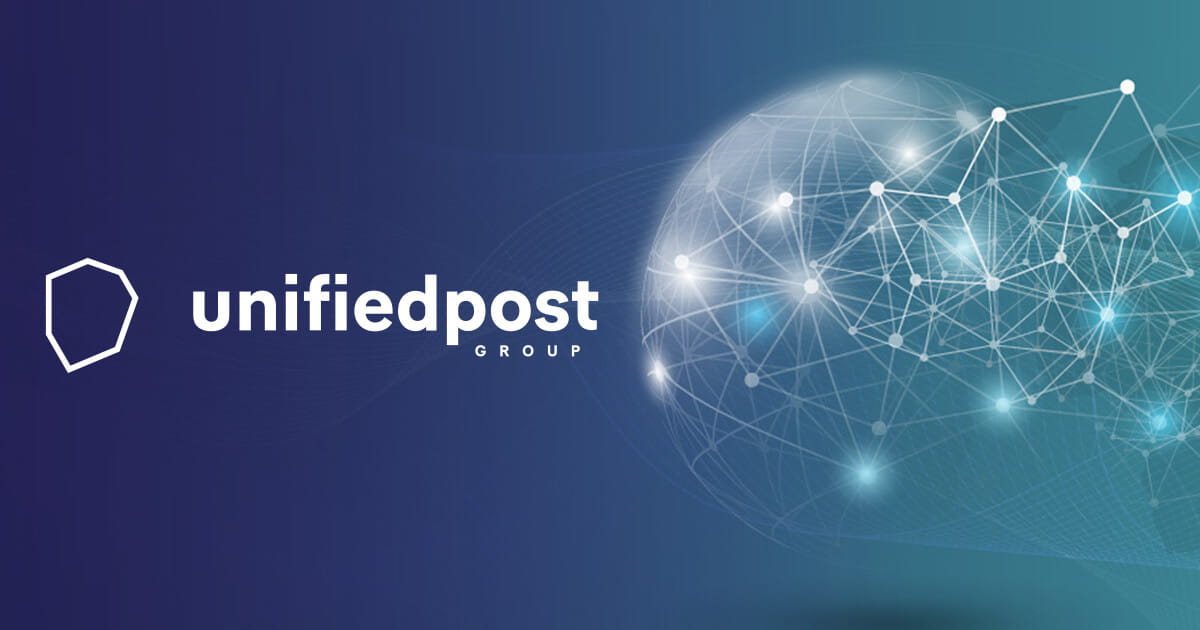Client Case: RAI Amsterdam
The problem
RAI Amsterdam had been using the Sitecore platform for some time, but it never worked smoothly, much to the dissatisfaction of Manager IT & Digital, Bret Baas. He explains, "The previous vendor couldn't set up the product properly, resulting in an unstable and inefficient system that didn't work well and couldn't be further developed." In addition, RAI Amsterdam faced a practical problem: whenever more than 300 visitors accessed the website, the site would crash. Through Sitecore, Bret connected with uxbee and says, "I told Sitecore that I wanted to talk to the top 3 partners in the Netherlands. No marketing stories, I just wanted a partner who could help me. That's where uxbee came in, whom I had spoken to before. I said that if uxbee could solve the issue with the number of visitors, we would continue working together, and that's what happened."
Even more important than the practical problem with the number of visitors was the desire for further development. Bret explains, "For me, the website and everything related to it are a starting point for marketing automation. I want to have much more interaction with our customers and work more efficiently by automating our marketing activities and personalizing our customer experience."
The solution
The first step has already been taken, which involved an intensive collaboration. uxbee took on the rebuilding process for RAI Amsterdam, including content migration, for about ten labels. RAI Amsterdam now has a stable platform with good data integration, where the software is well-configured to handle website capacity. Moreover, there is an option for quick and easy scalability when needed, which is crucial considering RAI's future plans.
"We have accumulated a backlog over the past years, which we can finally start realizing now. We aim for a world where the visitor is constantly at the center of their own experience, regardless of their location. Their experience should be seamless, from the first contact to after visiting the exhibition. Currently, when you attend a fair or event, it's like a barrier model. You have to buy a ticket, figure out how to travel there, find a parking spot for your car, locate the entrance, find a place for your coat, and the event hasn't even started yet. I believe that the customer journey leading up to the event should already be a positive experience, so that you can walk onto the exhibition floor feeling relaxed. You are directed to your pre-reserved parking spot, automatically connected to the Wi-Fi upon arrival, and personally welcomed without having to search for your ticket. We're aiming to make the data work for us," says Bret.
The next step is further development, guided by the business objectives. RAI Amsterdam's internal marketing department is collaborating with our marketing consultants to refine and translate the business objectives into techniques within Sitecore.


